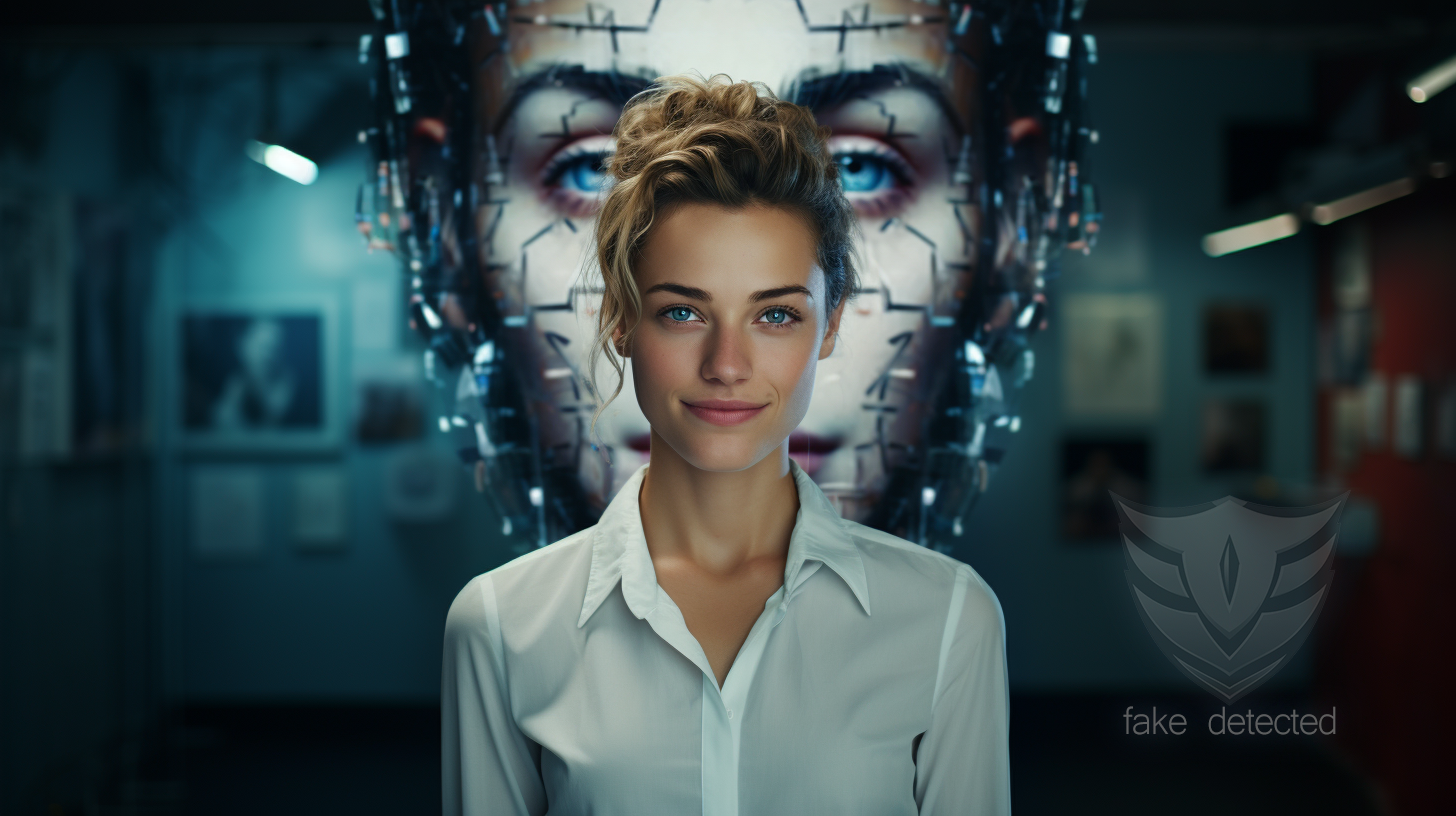What is face swapping and how does it actually work?
Face swapping is a technique of exchanging the faces of people in a photo or video. This method is often used in the entertainment industry to create visual effects and bring characters to life.
The process of face swapping is based on advanced algorithms and AI technologies. First, the source material is analyzed to identify the facial features and structures of the characters involved. Then, this information is used to transfer the face of one person to the other.
There are several tools and software programs that enable face swapping. Some use 2D image processing techniques, while others use more advanced 3D models. The accuracy of the result depends on the quality of the source material and the algorithms and parameters used.
It is important to note that face swapping is also controversial. It can be used for humorous purposes, but it can also be misused for unethical practices such as identity theft or deepfake videos. Therefore, it is important to use this technology responsibly and be aware that not everything on the Internet is always genuine.
The privacy and security implications
Face swapping technology has made significant advances in recent years, offering both intriguing opportunities and potential risks. This technology involves replacing faces in videos or images through the use of artificial intelligence, which can produce deceptively real results.
Despite the entertainment values, this technology also poses privacy and security risks. The spread of deepfakes, manipulated media content in which faces are realistically replaced, can have serious repercussions.These can range from reputational damage to identity theft to political manipulation.
Protecting privacy in face swapping is therefore of great importance. It is important that users are aware of what personal information they are sharing online and how it could potentially be used for unauthorized purposes. In addition, adequate safeguards should be in place to prevent the misuse of these technologies.
To counter this problem, researchers and technology companies are working on various approaches. These include, for example, improved detection algorithms to identify deepfakes, as well as legal measures to combat the misuse of these technologies.
Overall, it is important that the use of face swapping technology is done responsibly and that people’s privacy and security are protected. Conscious use of personal information and awareness of the potential risks are critical to counteracting the negative effects of face swapping.
Ethical considerations in the use of face swapping technology
The use of this technology, particularly in the context of deepfake technology, raises ethical issues that should be considered carefully. It is important to consider the moral aspects of face swapping and to use this technology responsibly.
One of the main concerns is the potential misuse of deepfake technology for fraudulent or manipulative purposes. By sharing faces, people can be represented in videos or images without actually being present.This can lead to false information and shake public confidence.
It is therefore the responsibility of those who use this technology to ensure that they do so in an ethical manner. This means, for example, complying with legal requirements and protecting the privacy of others. In addition, there should be transparent labeling of deepfakes to help distinguish between genuine content and manipulated content.
Furthermore, we should be aware of how this technology affects our perception of reality. The reckless use of deepfake technology could undermine trust in visual media and cause people to become increasingly skeptical of what they see.
Overall, it is important that we are aware of the moral aspects of face swapping and use this technology responsibly. Clear regulation and education about the use of deepfake technology can help curb potential abuse and maintain trust in visual media.
How do I recognize face swapping?
This technique is often used for entertainment purposes, but it can also be abused for fraudulent intentions. Therefore, it is important to know how to detect face swapping.
One way to detect face swapping is to look for anomalies in the image or video. Look for unusual movements or distortions in the face area. Often the transitions between swapped faces are not seamless and inconsistencies such as different skin tones or blurred edges can occur.
Another method of detecting face swapping is to check the light and shadow conditions in the image. If the swapped face does not match the rest of the image and has different light sources, this may indicate manipulation.
Deepfake technology is an advanced form of face swapping that uses artificial intelligence to create realistic manipulations. Special tools and algorithms can be used to detect deepfakes. These analyze the footage for specific patterns and deviations to identify manipulations.
It is important to note that not all face swaps or deepfakes are obviously detectable. Technology is constantly evolving and more sophisticated methods of manipulating media are being developed. Therefore, it is advisable to be aware and critical when it comes to verifying the authenticity of images or videos.
